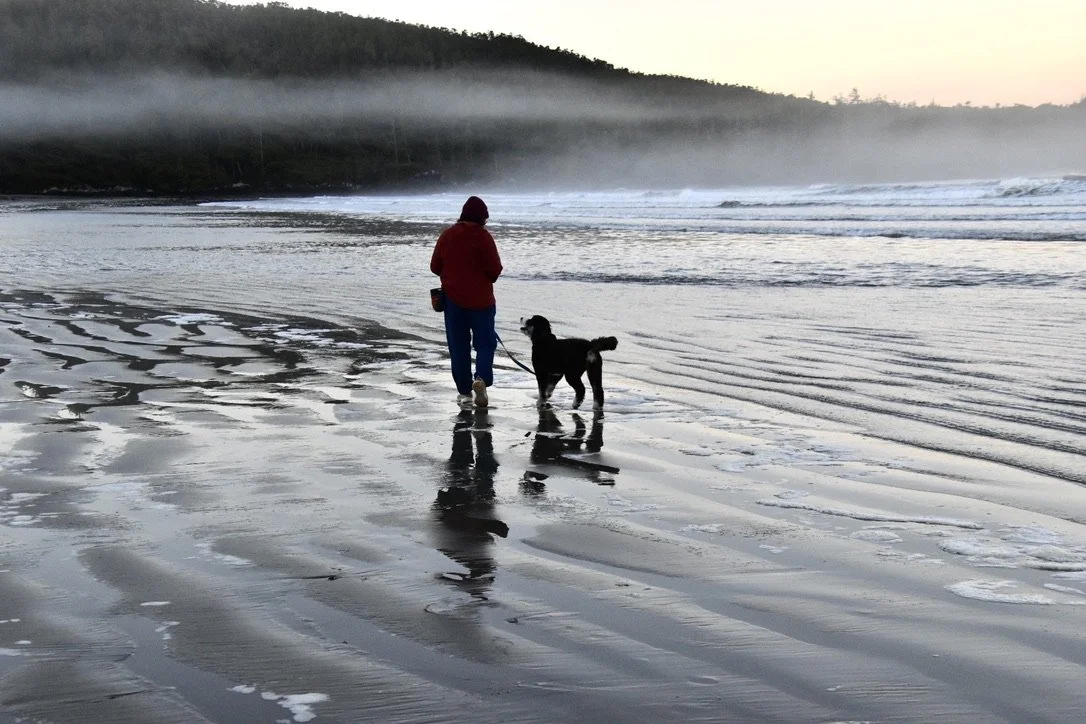What I Learned After Stopping Running for 10 Years
I used to be a long-distance runner. I started in high school with cross country and continued into my early 30s. I wasn’t particularly fast, but I had the determination and endurance to run for hours at a time. Looking back, I now realize that running was one of the ways I coped with depression. I didn’t know I was depressed back then—I just knew that running made me feel better.
By my early 30s, my body was breaking down. I kept running despite the pain, pushing through injuries. Finally, one day I decided to see a chiropractor. After four sessions, she sat me down and said, “If you keep running, I won’t treat you anymore.”
I was stunned.
She explained, “All you’re doing is coming here, I help you feel better, and then you go back out and run, undoing all the progress. You're in constant pain, you can’t sleep—your body is falling apart.”
I looked at her and said, “But my marathon is in two weeks. If you don’t treat me, I can’t run it.”
She replied, “I’ll treat you after the marathon—if you promise to stop running afterward.”
That moment was a turning point. I remember sitting in my chiropractor's office, overwhelmed. My best friend had been telling me for years to stop running, knowing the toll it was taking on my body. Some nights, I was in so much pain I couldn’t sleep—and I wasn’t taking any painkillers either.
Another thought hit me: What do I do now? Running makes me happy. But I can’t keep living like this.
And so, in that moment, I looked at her and said, “Okay, fine. I’ll stop running.”
From that day, I stopped running for 10 years.
I redirected my time, energy, and money into healing. I committed to regular chiropractic care, massage therapy, daily stretching, and yoga. Two years later, I started therapy—because I realized much of my physical pain was connected to unresolved trauma I had buried deep within. As a student at the time, I had to plan my finances wisely. I would put any extra money I had into healing my body, rather than buying new clothes or going out for dinner.
Now, as a therapist, I often hear people ask, “How many sessions will it take to fix me?”
But healing isn’t about fixing. Believe me, I used to walk into my chiropractor’s office begging, “Just fix me, just make me feel better.” But outside those sessions, I wasn’t doing anything to help myself.
That’s why I give my counselling clients homework—because healing doesn’t only happen in sessions. It also occurs in the spaces in between.
So if you're seeing a therapist, chiropractor, massage therapist, or acupuncturist for physical or emotional pain, my invitation is this: take a deeper look. What’s going on mentally? What can you do outside those sessions to support your healing?
For example, if you’re working 60 hours a week in a high-stress job, not exercising, lacking joy or play, and relying solely on your monthly acupuncture or massage session to cope, what else can you do? Can you reduce your stress? Can you say no to demands more often? Be more mindful? Start meditating? Ask for help?
If you're fortunate enough to have access to practitioners who support your physical, mental, and spiritual health, ask yourself: What am I doing outside of those sessions to care for myself?
That’s where true healing begins.
When I resumed running ten years ago, I took it slow and listened closely to my body, especially when I felt pain or discomfort. I make it a point to see my healthcare practitioners regularly, and I strive to maintain a balance between my mental, physical, and spiritual well-being.
📞 If you need help with your mental health, contact me today. Book a free 15-minute consultation.
